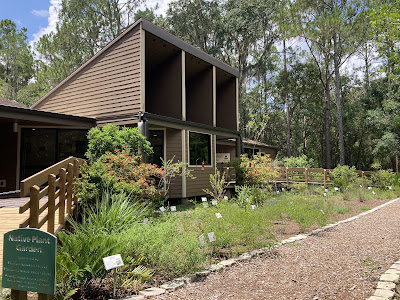National Moth Week 2023 - The Gopher Tortoise Shell Moth

There is life after death, indeed. The gopher tortoise shell moth ( Ceratophaga vicinella ) is a species of moth that feeds on the keratin-rich shells of deceased gopher tortoises ( Gopherus polyphemus ), a keystone species in Florida. Tineid moths are one of the least flashy lepidopterans- comprising a large family of 3,000 species. Their drab appearance is eclipsed by their highly unusual dietary preference- fungus and detritus. Many Tineids feed on keratin, a fibrous protein forming the main structural constituent of hair, feathers, hoofs, claws, horns, and even fingernails. Extraction of nutrients from keratin is difficult and not a popular food source in the animal kingdom. The genus Ceratophaga within the Tineids are the only moths that specialize on hardened, dry keratin. The gopher tortoise shell moth is a fascinating cause for conservation. This species is only known to thrive on dead gopher shells- fewer tortoises mean fewer of this species, too. What’s more, these moths need...











